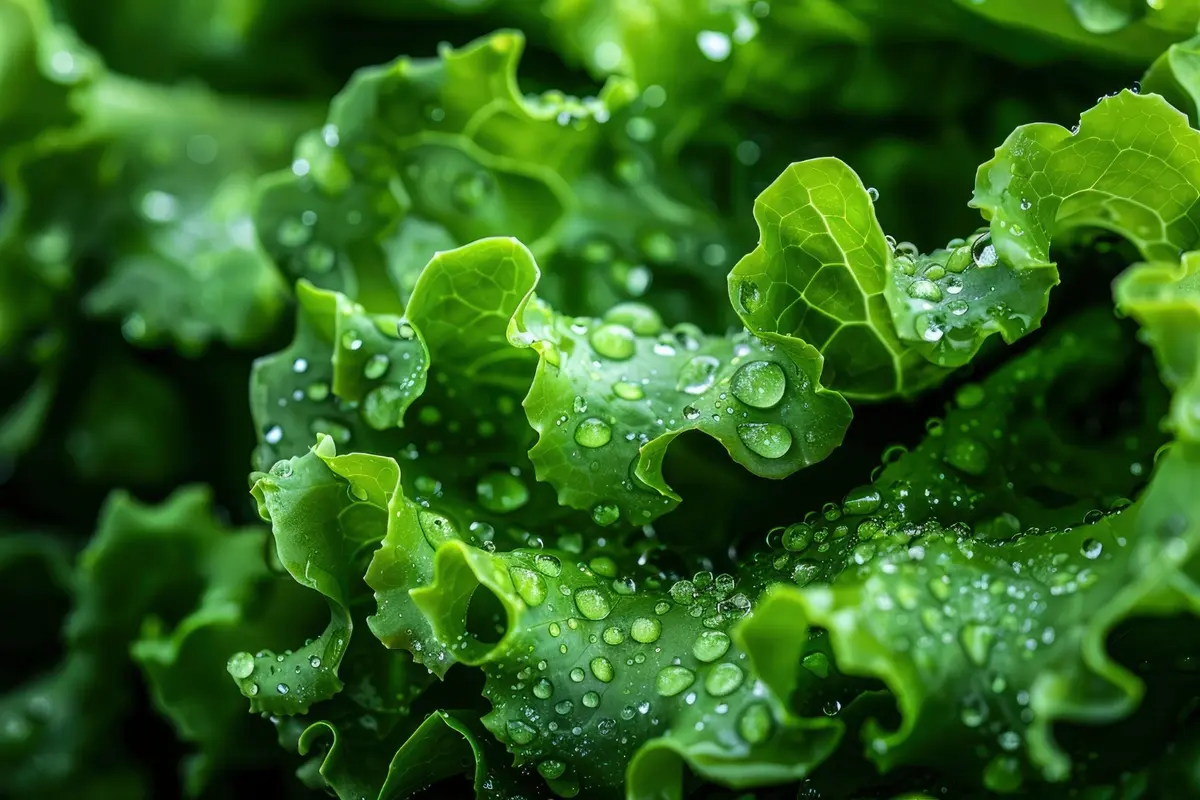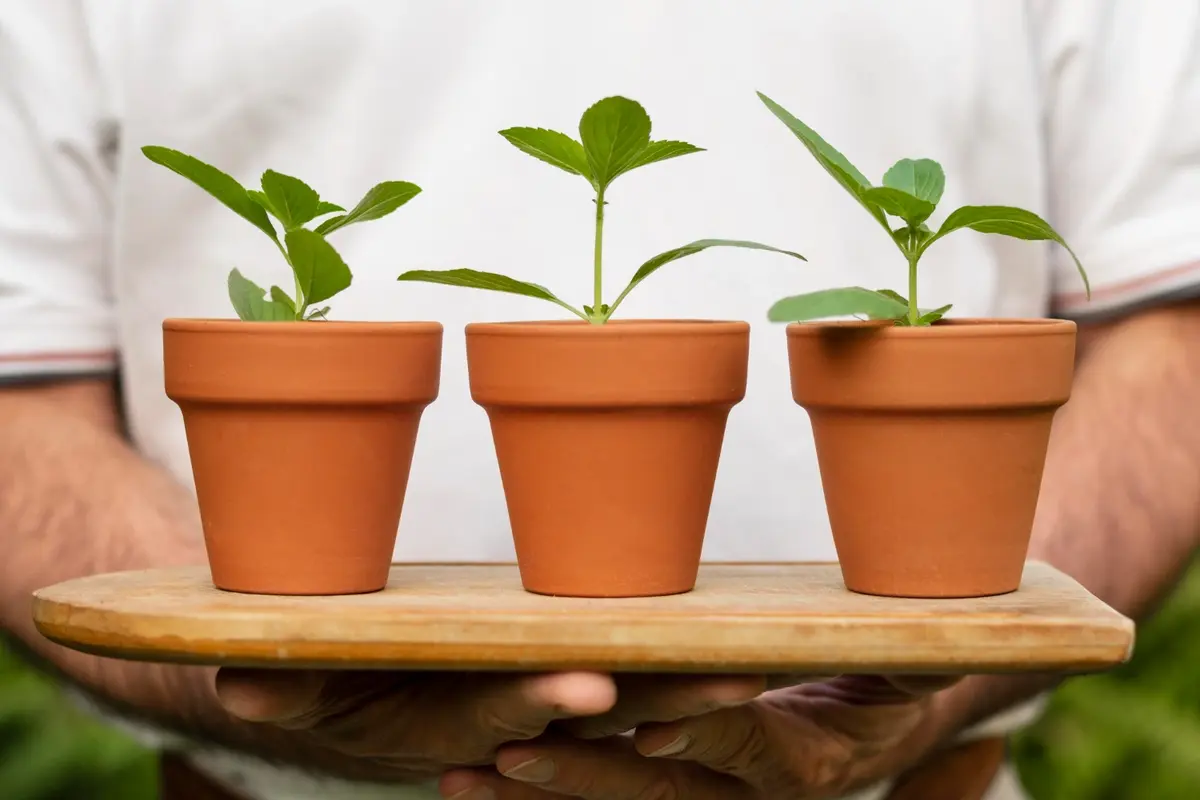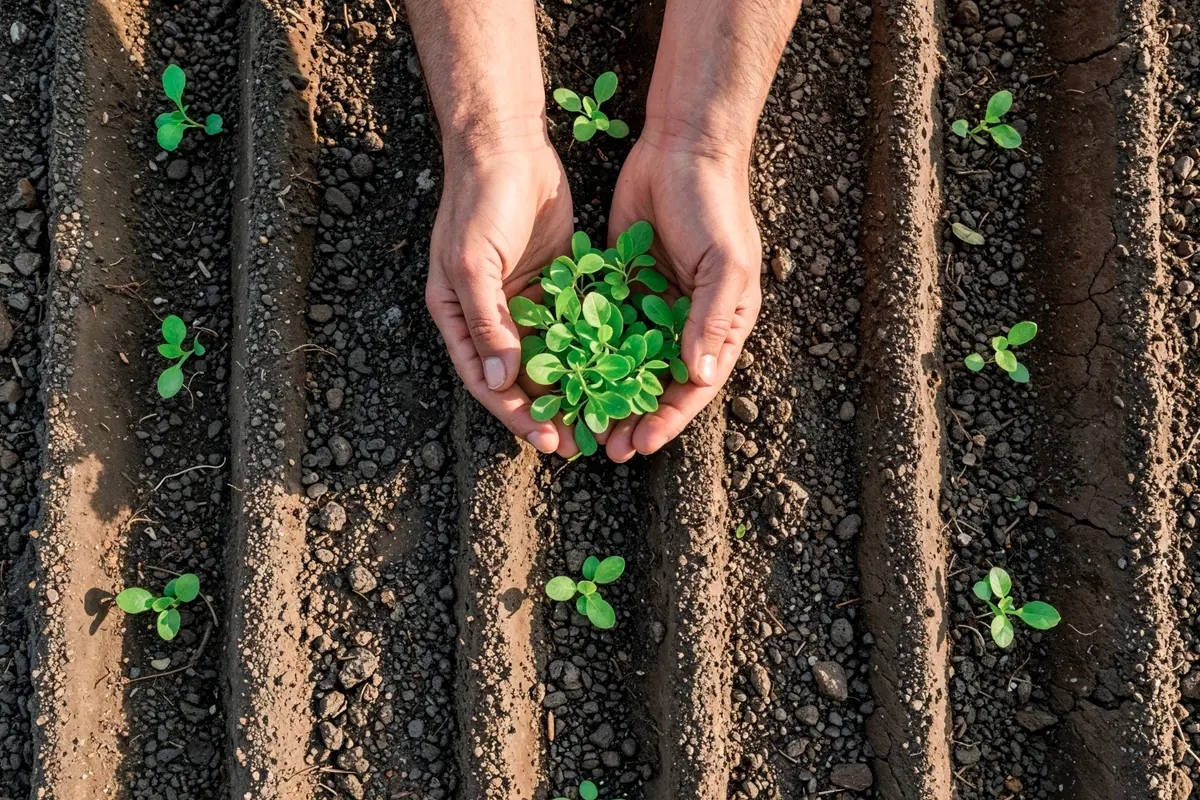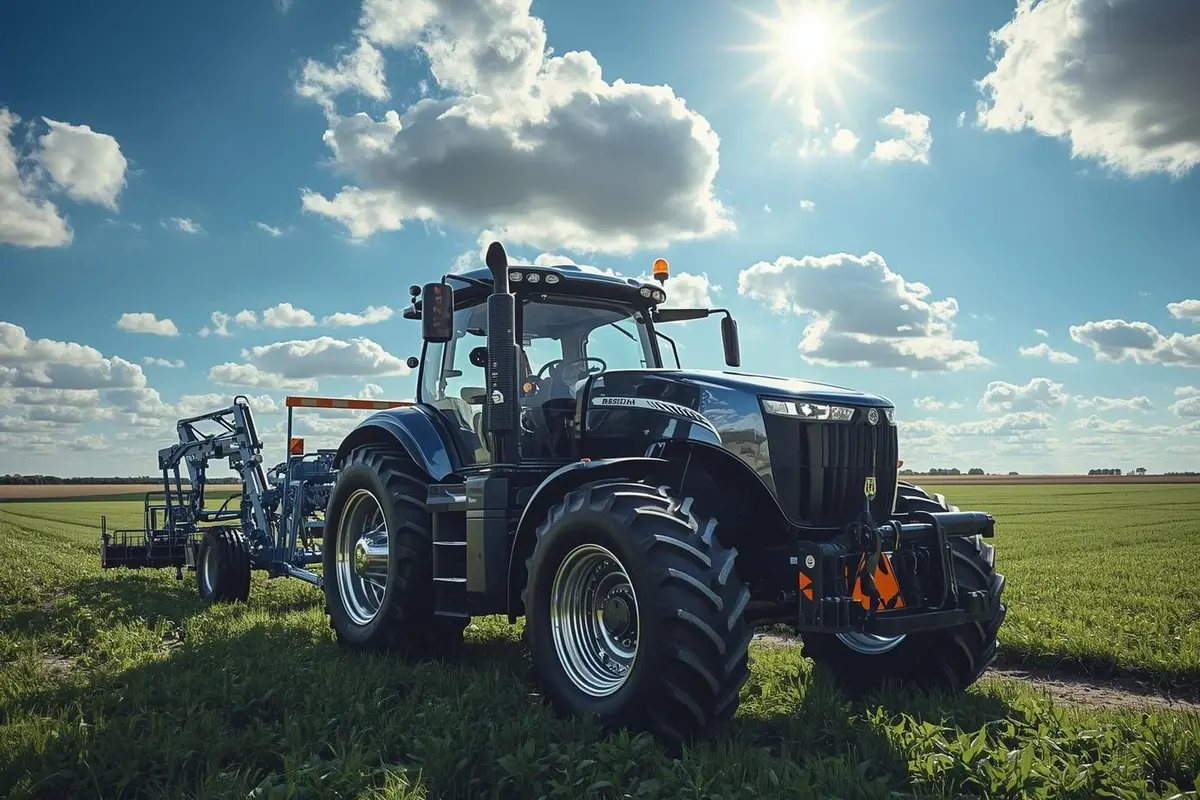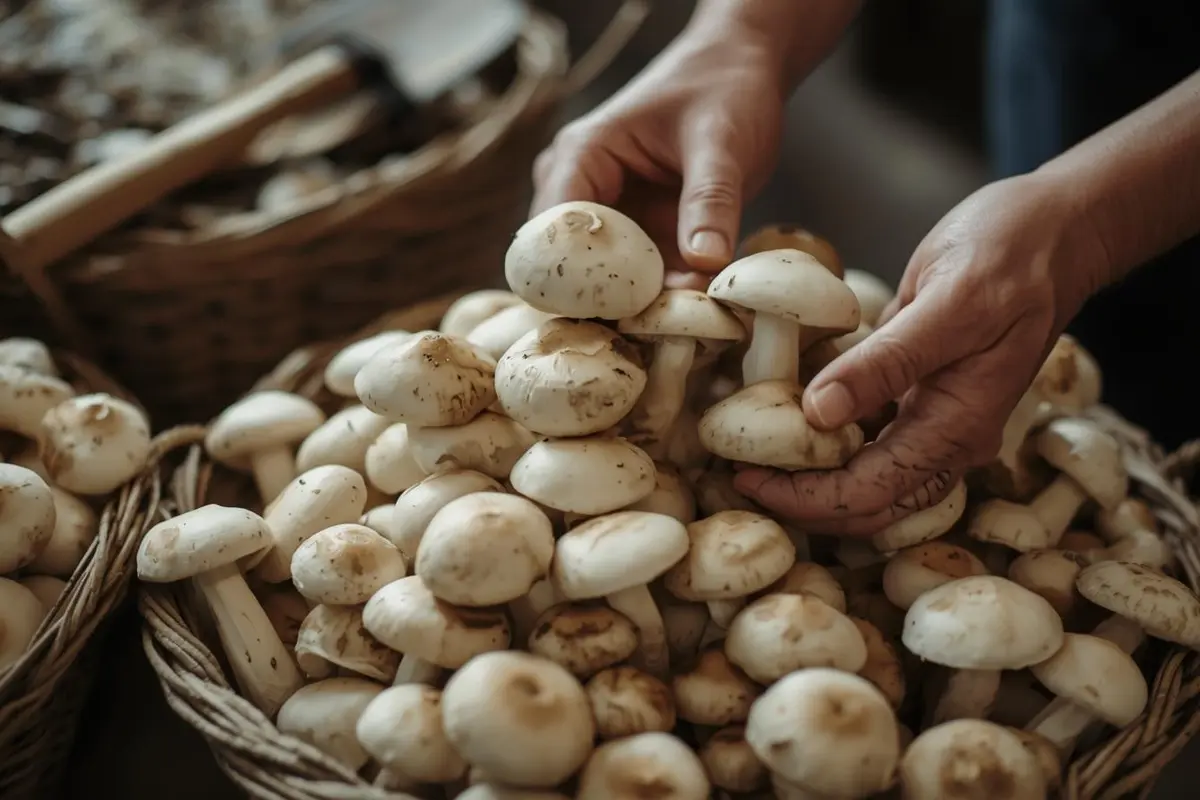Growing your own vegetables is really enjoyable, and the monsoon months offer a unique opportunity to take advantage of nature’s bounty. If you’re wondering how to grow vegetables in rainy season, this guide will walk you through everything you need to know, from choosing the right crops to preparing the soil and protecting your plants from excess moisture. With proper planning and care, you can enjoy a lush and productive garden even during the wettest time of the year.
Table of Contents
How to Grow Vegetables in Rainy Season

1. Choose the Right Vegetables
Not all vegetables thrive during the rainy season, so selecting the right ones is crucial. Go for water-tolerant and fast-growing crops like okra, spinach, cucumbers, gourds, and beans. These vegetables can withstand high humidity and occasional waterlogging, making them ideal for monsoon gardening. Leafy greens are particularly well-suited as they grow quickly and require minimal maintenance during this time.
2. Prepare Well-Drained Soil
Heavy rains can lead to waterlogged soil, which is detrimental to plant roots. To prevent this, prepare raised beds or mounds and mix the soil with sand, compost, and cocopeat to improve drainage. Adding organic matter not only enhances soil texture but also promotes healthy root development. Ensuring proper drainage reduces the risk of fungal infections and root rot that are common in wet conditions.
3. Use Quality Seeds or Seedlings
Start with high-quality, disease-resistant seeds or healthy seedlings for better growth. Soak seeds overnight to speed up germination and sow them in seed trays or nursery beds before transplanting them to the main garden. This helps in managing early-stage growth in a controlled environment and increases the success rate of healthy plant development during unpredictable rain spells.
4. Ensure Proper Spacing and Air Circulation
Monsoon weather promotes rapid fungal and bacterial growth due to excess humidity. To minimize the risk of diseases, maintain proper spacing between plants to allow good air circulation. This reduces moisture buildup around leaves and stems, helping to keep the plants dry and healthy. Pruning lower leaves and removing diseased parts also helps maintain hygiene in your rainy season vegetable garden.
5. Use Natural Mulch for Moisture Control
Mulching is essential during the rainy season to regulate soil temperature, retain nutrients, and reduce weed growth. Apply a layer of straw, dried leaves, or shredded newspaper around the base of the plants. This not only conserves moisture during short dry spells but also prevents the soil from splashing onto the plants during heavy rain, which can spread diseases.
6. Protect Plants from Excess Water
Install a simple rain cover or plastic sheets to shield delicate plants from heavy downpours. Make sure water does not accumulate around the roots by digging drainage channels or using containers with drainage holes. In potted gardens, elevate the pots slightly to avoid water pooling at the base, which can suffocate the roots and cause root rot.
7. Regular Monitoring and Pest Control
Rainy weather attracts a host of pests like snails, slugs, and fungal gnats. Keep a close watch for pest activity and use organic solutions like neem oil, garlic spray, or wood ash to deter them. Remove weeds regularly as they host pests and compete for nutrients. Keeping the garden clean and monitoring daily ensures healthy plant growth and reduces losses due to infestations.
8. Fertilize Carefully and Timely
Heavy rains can leach nutrients from the soil, so periodic fertilization is important. Use compost, vermicompost, or liquid organic fertilizers like compost tea every two weeks to replenish essential nutrients. Avoid over-fertilizing, especially with chemical fertilizers, as it can lead to nutrient imbalance or burn the plants. Stick to a balanced fertilization schedule for best results.
9. Opt for Container Gardening Where Needed
In areas prone to flooding or poor drainage, container gardening can be a smart solution. Growing vegetables in pots, grow bags, or troughs allows better control over soil quality, water levels, and mobility. It’s especially helpful for urban gardeners with limited space. Use containers with adequate drainage holes and elevate them slightly to prevent water stagnation. Crops like herbs, chilies, tomatoes, and leafy greens adapt well to container gardening during the monsoon.
10. Harvest Timely and Frequently
The rainy season can accelerate plant growth, so timely harvesting is essential to avoid overripe or decaying produce. Frequent harvesting encourages plants like spinach and beans to produce more. Pick vegetables in the early morning or late evening when temperatures are cooler, and avoid harvesting wet produce to minimize disease transmission.
Conclusion
In conclusion, growing vegetables in the rainy season can be highly rewarding when done with proper planning and care. By selecting the right crops, ensuring good drainage, preparing nutrient-rich soil, and protecting plants from excess moisture and pests, gardeners can enjoy a lush and productive monsoon garden. Utilizing techniques like mulching, container gardening, and timely harvesting further boosts success.

